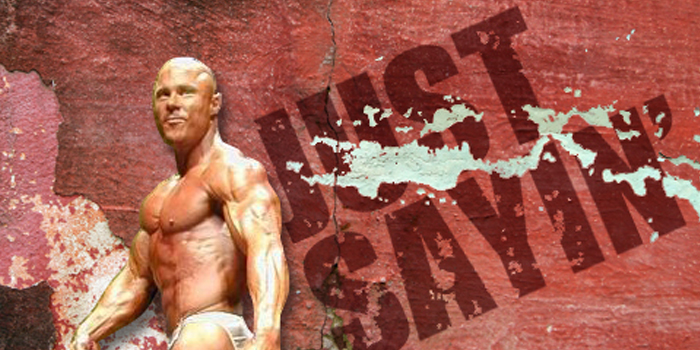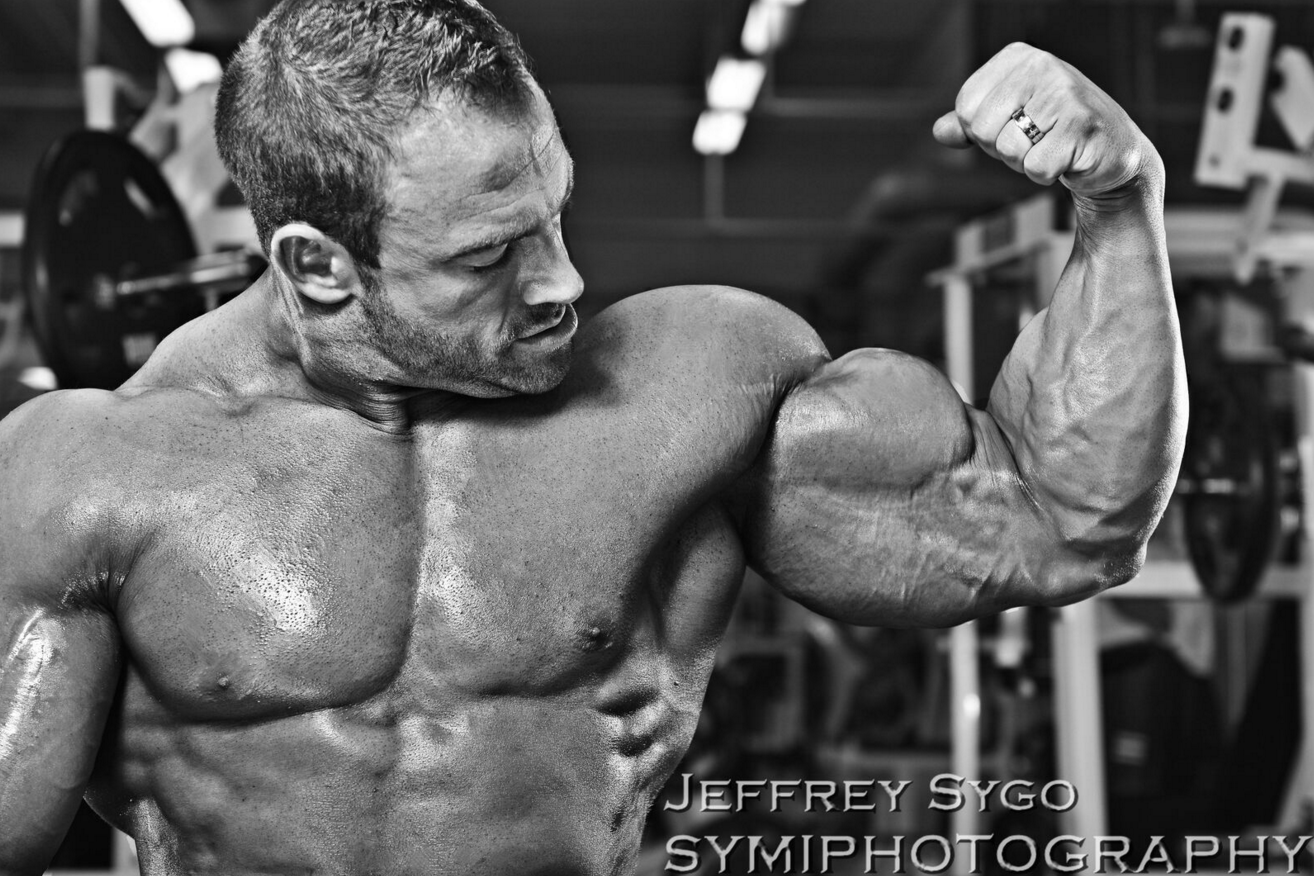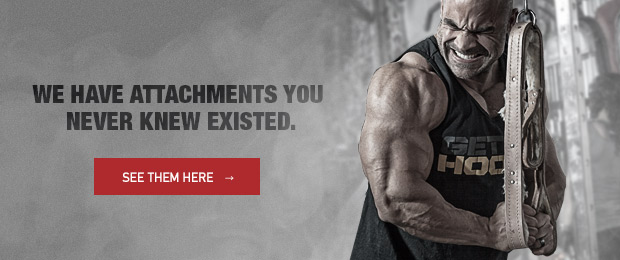
I can talk about old school because I am…well…old. A lot of you reading this won’t remember the techniques I mention below because you haven’t been around long enough. Most trends seem to cycle back around, but at least these three have no. At least not yet. Or at least not until now.
I started training in 1984 and though my gym shoes don’t tie themselves today, I have spent an eternity in the gym in the last 32-or-so years. Back then, there was really only one resource for information and that was the muscle magazines. With such limited information, I can still tell you who was on the cover of most of the magazines and what articles were in them. If you are old, too, and you think I am stretching the truth, tell me if you remember reading Andreas Cahling’s back article titled, “Attack Your Back Like a Viking”. It was the first time I, as a young teenager, had seen the stiff-armed lat pulldown. I could go on and on but I am confident I have made my point.
More than a few techniques and exercises used back then (old-ism, you will do it too someday) have fallen by the wayside – some for good reason and others for no apparent good reason. Sissy squats may not build mass like a regular squat but they are still an incredibly effective exercise to superset with extensions and yet you rarely, if ever, see them being performed today. Donkey calf raises with your training partner’s sweaty ballsack on your back? Okay, that one I admit that I don’t miss. I suppose some things are better left in the past.
Still, there are three old school techniques that I do feel should never have been forgotten.
Elevated Heel Squats
Some will remember and some won’t. Most would either put down a couple 10-pound plates or even a one-inch board and back out of the squat rack, settle the heels of your shoes on the board or plates and then start your set of squats. I know, I know; they were supposed to be soooo bad for your knees. And if you weren’t driving through your heels, they most certainly were. However, a small rise for the heel does transfer more stress to the quad and slightly less to the hips and glutes. It is crucial, though, that you are still driving through the heel and that your knees aren’t too far over your toes or you most certainly will be putting the knee in a bad position. The other problem with the raised-heel squats is if the heels were raised too much. A slight elevation is no different than most angles of hack squat machines where the platform is slightly angled more than 90%. These are used all of the time yet elevating your heels to squat is somehow daft.
Breathing Squats supersetted with Dumbbell Pullovers
This exercise combo was touted as a “ribcage expander.” I cannot agree that they necessarily expanded the ribcage, but I can attest to the increase in girth of the back/chest measurement. This was more from increasing the size of the chest and back muscles and not as much to do with increasing the size of the actual ribcage. Still, it served essentially the same purpose though was not explained terribly well.
 Image courtesy of Jeffrey Sygo at www.symiphotography.com
Image courtesy of Jeffrey Sygo at www.symiphotography.com
The breathing squats were done first and then a set of pullovers, and you only did one superset at the start of your workout. The breathing squats were to be performed for twenty repetitions and after each repetition you were to take three deep, slow breaths. This may not sound very difficult but get that weight on your back and try to take three deep, slow breaths. And then do this for twenty reps. Believe you me (another old-ism), you will quickly understand that performing these reps is brutal. Personally, I’d rather have my training partner’s ball sack on my back. Just sayin’.
My ribcage didn’t increase in size, though I do think that pullovers are an excellent exercise for increasing back size and chest/back measurement. My squat strength went through the roof, though. I did this combo for about three months as a natural fifteen-year-old and added something like one-hundred pounds to my regular squat. I started at ninety-five pounds and went up ten pounds every week (five per side). I progressed continuously–every single week–for twelve weeks before I finally couldn’t get to twenty reps. I am unsure why I only have done that combo at that time and never revisited it again until recently. I suppose I was just too caught up in...my training partner’s balls on my back. (I think we are all clear on the catchphrase for this article).
The Arm Blaster
That’s right — The Arm Blaster. I capitalized it out of respect to The Arm Blaster. It was the single coolest thing I pined for when I was a teen. I didn’t believe in Santa as a teenager but I wrote that fake-bastard a letter just to try to get one out of my parents for Christmas. When that shiny, gold, incredibly uncomfortable, neck-choking piece of cold metal showed up under the tree, I was a happy boy. If I forgot my Arm Blaster when I went to the Y-Center to train, it was clear that my arms weren’t going to grow that day. Every time I put that thing on, I was Arnold, stoically curling at the Mecca, and even when I looked in the mirror, the reflection was black and white.
Contrary to what some of you young bastards think, there were some damn good exercises and techniques from the past that are still effective today. You know, back before Hammer Strength turned one-arm dumbbell rows and vertical leg presses into exercises left in the corner gathering dust and cobwebs. Technology has changed training quite a bit but most of the basics have stood the test of time. If they were effective then, they are still effective today. Just Sayin’.











3 Comments